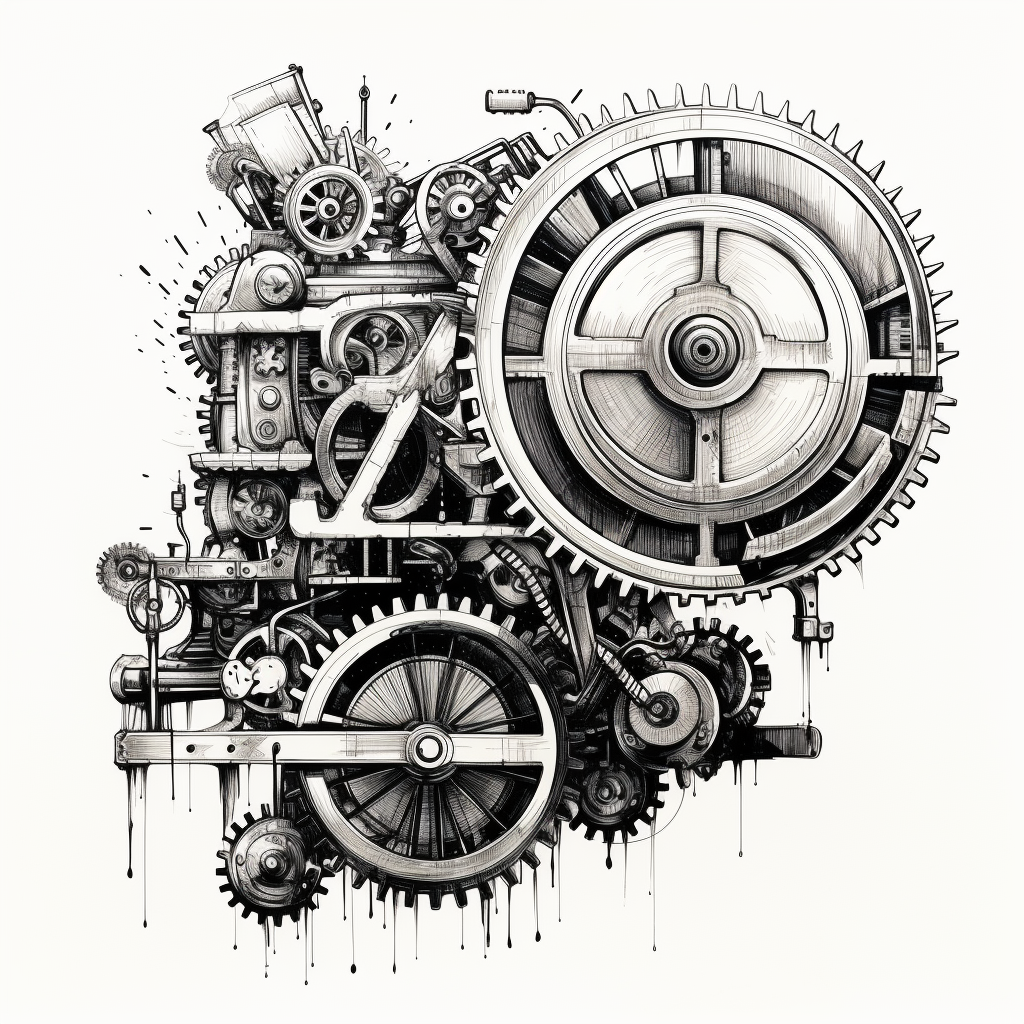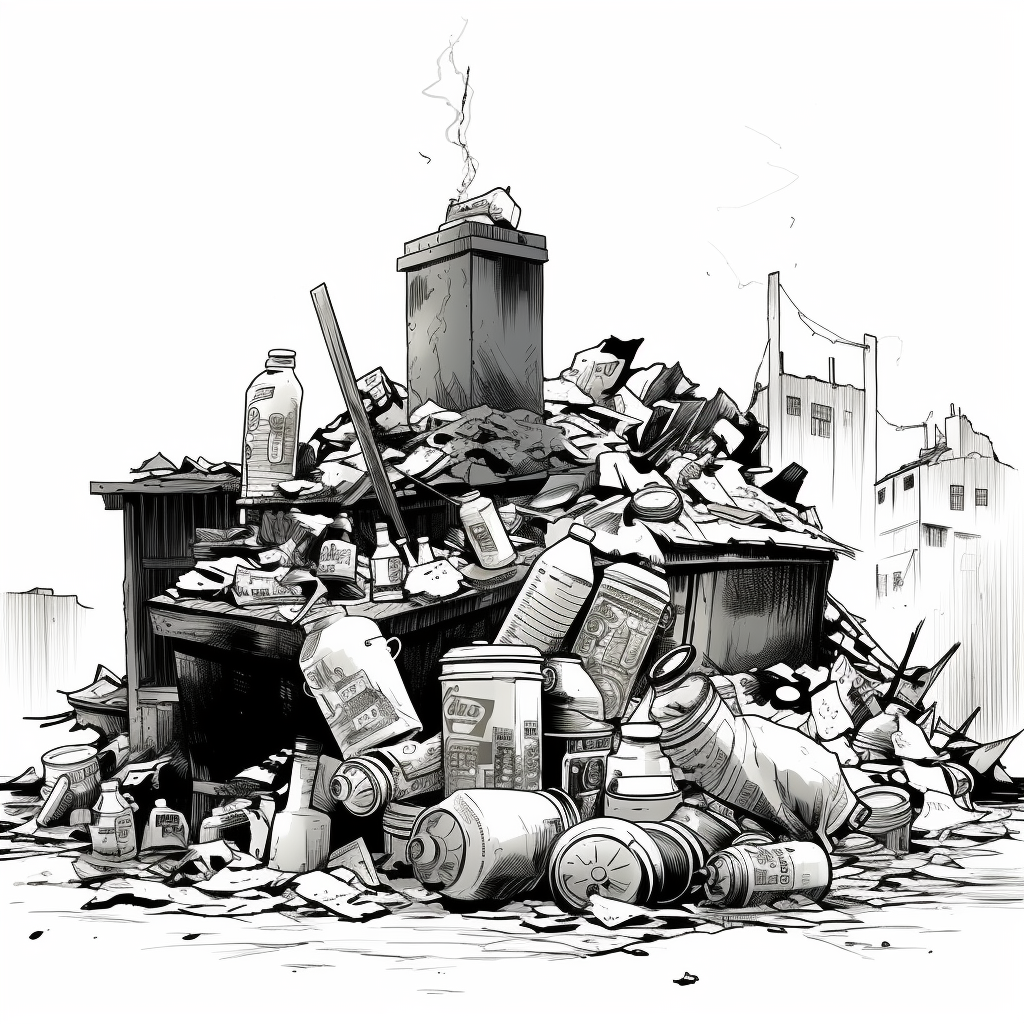The Allure of Consistency: Why Maintainability Matters
In today’s fast-paced world, products and services must be reliable, robust, and resilient. But more than that, they need to be sustainable. That’s where maintainability comes in. It’s the unseen force that ensures our favorite tools, platforms, and systems keep running smoothly, day in and day out.
Maintainability, at its core, measures how easily a product or system can be preserved in its functional state. It answers questions like: How quickly can we respond to unforeseen issues? How efficiently can updates be implemented? And how effectively can we avoid future problems?
Here’s why maintainability is so much more than a mere operational necessity:
- Cost Efficiency: Initial development and deployment might seem like the most expensive aspects of a product, but long-term maintenance can significantly add to these costs. If a system is designed with maintainability in mind, these ongoing costs can be substantially reduced. Fewer person-hours, fewer resources, and less downtime translate directly into cost savings.
- User Trust: We live in an era of instant gratification. If a system or service breaks down, users expect quick resolutions. Systems that are maintainable foster user trust because they assure users that issues will be resolved promptly and effectively. And in the digital age, trust is the currency that drives loyalty.
- Flexibility & Adaptability: Markets change. Technologies evolve. A maintainable system is, by design, more adaptable to these changes. It allows for easier upgrades, smoother integrations, and quicker pivots, ensuring the system remains relevant and effective in the face of change.
- Longevity: In the business world, it’s not just about creating the next big thing; it’s about ensuring that the ‘big thing’ lasts. Maintainability extends the lifespan of a product or system. When products last longer, businesses can maximize ROI and build a more substantial brand reputation.
- Reduced Risk: Every moment a system is down, there’s a risk—lost revenue, unsatisfied customers, and potential data breaches. With higher maintainability, these downtimes are reduced, mitigating the associated risks.

In essence, maintainability isn’t a feature you add after the fact; it’s a philosophy you embed from the outset. It’s about foreseeing tomorrow’s challenges and designing systems today that can weather them. In the world of quality management, maintainability isn’t just a term—it’s the embodiment of foresight, adaptability, and commitment to lasting quality.
A Painful Oversight: How Ignoring Maintainability Cost Us
Every product journey has its highs and lows. While we often revel in the success stories, it’s the mistakes and oversights that teach us the most valuable lessons. Our story is one such lesson, a poignant reminder of the price we pay when we overlook the essence of maintainability.
It all started with a product we believed was a masterpiece. Months of planning, development, and testing culminated in a system we were genuinely proud of. But pride, as they say, often precedes a fall.
Not long after launch, feedback from a customer hinted at an underlying issue—a glitch that seemed minor on the surface. Optimistically, we thought it would be a quick fix. But as we dove deeper, the ramifications of our oversight became painfully clear.
Duplication Dilemma: The product’s codebase was riddled with duplications. What seemed like shortcuts during development now stood as barriers to efficient troubleshooting. This meant that an error wasn’t isolated to one part but echoed across multiple facets of the product.
The Domino Effect: Fixing the reported error was time-consuming, but that was just the tip of the iceberg. The error kept reappearing in different guises because the fix wasn’t uniformly applied due to the duplicated code. Each recurrence chipped away at our team’s morale and, more importantly, our reputation with the customer.
Customer Dissatisfaction: In today’s interconnected world, a single customer’s dissatisfaction can ripple out, affecting perceptions and trust. Our lack of maintainability didn’t just result in a recurring error; it tarnished our brand’s image. What could’ve been a minor hiccup transformed into a lingering issue that cost us not only time and resources but also customer trust.
The Reality Check: This experience was a wake-up call. It underscored the importance of designing products with maintainability as a cornerstone, not an afterthought. Short-term conveniences can lead to long-term challenges, and in our quest for quick solutions, we inadvertently compromised on the product’s foundational quality.
The silver lining? Mistakes, as painful as they might be, pave the way for growth. This episode propelled us to reevaluate our processes, placing maintainability at the forefront of our development philosophy.
Beyond Quick Fixes: The Science of Maintaining Systems
Every robust system or product isn’t just a result of innovative design but also a testament to meticulous maintainability practices. But to truly appreciate its essence, we must understand the nuances of maintainability and the tools that drive it.
Understanding Maintainability: It’s more than just a buzzword; maintainability is the art and science of ensuring a system’s long-term reliability. But how exactly do we measure and optimize it?
- Preventive Maintenance: Proactivity is the hallmark of preventive maintenance. By regularly analyzing and updating systems, potential pitfalls are identified and addressed ahead of time. The aim? Reduce failures and boost system longevity.
- Corrective Maintenance: No system is flawless, but how quickly and effectively it recovers from setbacks indicates its maintainability. Corrective maintenance is all about swift and efficient troubleshooting, with the Mean Time To Repair (MTTR) being a key performance indicator.
Harnessing the Power of Design: While design dictates user experience, it also profoundly impacts maintainability. Systems conceived with maintenance in mind are:
- Easier to update.
- Streamlined for integrations.
- More straightforward to troubleshoot.
Tools of the Trade: Prevention at Its Best:
- Static Code Analysis: One of the first lines of defense against maintainability issues. Tools that perform static code analysis meticulously comb through codebases without executing the program. They pinpoint problematic areas, whether it’s duplicated code or convoluted logic, that could become a headache down the line.
- Code Complexity Metrics: Understanding the complexity of the code can provide insights into potential maintenance challenges. Complex code might be harder to maintain and more prone to errors. Tools that measure code complexity help developers streamline and simplify, promoting cleaner, more maintainable code.
- Regular Code Reviews: Instituting regular code reviews within teams can identify potential issues before they escalate. These peer reviews ensure code quality, consistency, and maintainability.
A Delicate Dance of Availability and Maintainability: Both these aspects are pillars of a product’s quality. While availability ensures users have access when needed, maintainability guarantees the system remains reliable over time.
Reimagining Development: In the ever-evolving landscape of technology, the focus isn’t just on creating; it’s about sustaining. With the right tools and a proactive approach, maintainability takes center stage, ensuring products are innovative and enduringly reliable.
Your Action Plan: Making Maintainability A Habit
Maintainability isn’t a one-time endeavor; it’s a continuous commitment. It’s not just about creating systems that function efficiently today but crafting legacy systems that will be hailed for their reliability years down the line. Here’s a structured plan to make maintainability a habitual part of your development process.
1. Equip with the Right Tools:
Invest in the essentials.
- Code Analyzers: Delve into tools like SonarQube, SAST or Coverity. Their strength lies in pinpointing issues and offering actionable insights to rectify them.
- Adopt CI Platforms: Embrace platforms like Jenkins or Travis CI to seamlessly integrate every new code change without disrupting existing functionalities.
2. Pledge to Pristine Code:
Quality over quantity always.
- Adopt refactoring as a regular practice to keep code lean and efficient.
- Stick to recognized coding conventions, ensuring every line written echoes clarity.
- Prioritize documentation. It’s the bridge between current developers and future maintainers.
3. Champion Continuous Learning:
Maintainability evolves, and so should you.
- Stay updated with the latest best practices through workshops, training sessions, or online courses.
4. Valuing Feedback as Gold:
Constructive criticism is a developer’s best friend.
- Encourage feedback loops from peers, users, or third-party audits. It’s the compass that points to areas ripe for improvement.
5. Map Out Maintenance:
A well-planned path ensures fewer hiccups.
- Craft a detailed maintenance roadmap. From regular system checks to updates, ensure every step is well-planned and executed.
The Starting Line:
For those still on the fence about maintainability, let our earlier story serve as both a cautionary tale and an inspiration. Start today; integrate maintainability into every phase of your development process.
By making maintainability a regular habit, you’re ensuring seamless operations today and setting the stage for a legacy of reliability. With the roadmap above, the journey towards sustained excellence begins.








